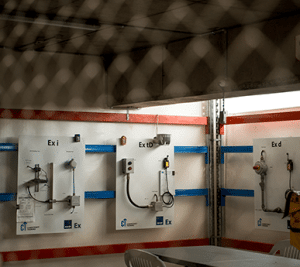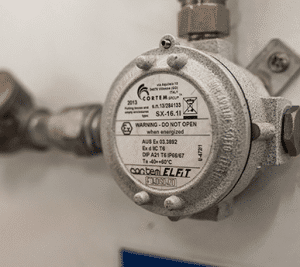This Hazardous Area Classification and Design training is an advanced course, intended for technicians, engineers and senior engineers involved with the design of electrical installations in hazardous areas and in area classification.
After this course you will be able to competently determine where hazardous zones exist within a facility, outline materials properties, and identify practical solutions to classification problems considering impacts on the installation, overall risk management, and costs/benefits of mitigation measures to reduce the classified areas.
Engineers will be able to select hazardous area compliant equipment and complete hazardous area installation design, including intrinsically safe circuit evaluation and design, maximum dissipating power calculations, electrical protection, dossier development, cable and entry system selection, understanding the operating theory and practical requirements for each protection technique, equipment certification, nomenclature, inspection, auditing and legislative requirements to name a few.
This course is aligned with the latest Classification and Design Standards AS/NZS IEC 60079.10.1:2022, AS/NZS IEC 60079.10.1:2022 SUP 1:2022 and AS/NZS 60079.14:2022.







